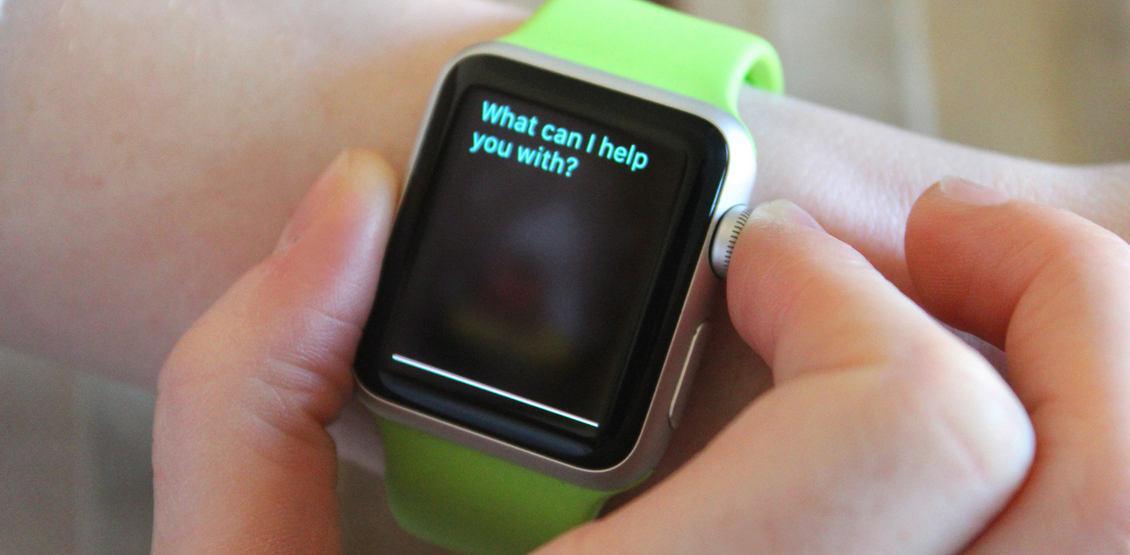Have you ever asked Siri to remind you to buy a certain product the next time you’re at the store, call your mom, or fetch the latest movie times? Technology that was once the realm of fantasy has made its way into your hands, and it’s getting smarter every day. Here at Service Objects, smart technology is integral to our business. Our validation services may not be as personable as Siri, but they’re even smarter.
Our email validation service currently keeps tabs on over 2 million domains each day, and that number continues to grow. The more data our email validation service collects, the smarter it becomes. We like to say that the service is “self-learning” because, with additional data, it can make better decisions about the integrity of an email address. Moreover, the email validation service can tap into this data to predict mail server behavior.
For example, let’s say a large company obtains a new domain, example.com and begins issuing employee email addresses with that domain. When our email validation service first encounters an @example.com email address, it has minimal data to work with and will need to examine other data points as part of the email validation process. Once the example.com domain has been validated, future @example.com addresses can be processed more quickly. For example, if someone accidentally enters @exemple.com, our email validation service will have already learned the correct spelling of the domain and will be able to correct the spelling immediately.
Predicting mail server behavior is another area where our self-learning validation technology shines. For example, spammers often use disposable or temporary domains to spam mail forms in websites and mail servers directly. Spammers know that ISPs use sophisticated spam detection tools in an attempt to prevent spam from landing in their users’ inboxes. Thus, spammers obtain disposable IP addresses and domains, burning through them quickly as a means of circumventing spam detection.
In theory, this would work. After all, new domains and IP addresses haven’t been blacklisted yet, allowing spammers’ messages to go through. Though the IP addresses and domains may change, the spammers’ behaviors, and other signature factors, often do not. As a result, even if a spammer uses a fresh IP and new domain, our self-learning validation service can promptly identify the spam attempt.
All of this learning takes place behind the scenes — for your benefit.






